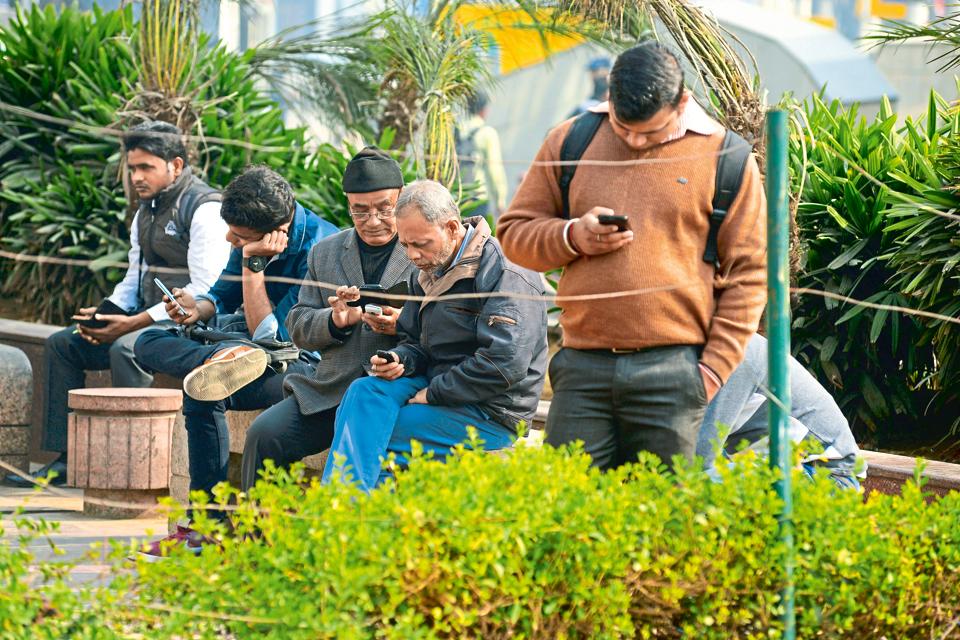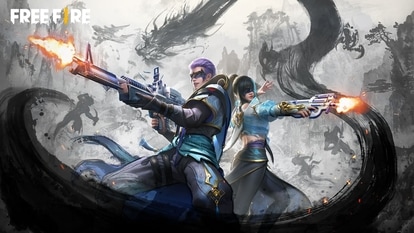SMS turns 25: Sm interestin facts n y it bcame obsolete
Before WhatsApp and Facebook Messenger, SMS was a popular one-on-one messaging platform. Here are some interesting facts about the communication mode.

SMS or Short Messaging Service turned 25 years old on Sunday. Ever since the first SMS was sent, the messaging mode has remained a key component of a mobile phone, including feature phones and smartphones.
Even as we are hooked on to instant messaging applications such as WhatsApp, Facebook Messenger, Hike or WeChat, not long ago, SMS was everyone's go-to application for one-on-one messaging.
Like Twitter, SMS's 160-character limit also changed the way we communicated with everyone mastering complex abbreviations, known as SMS lingo/language. Remember, IH8U stood for I hate you.
SMS had its own set of emojis as well — for instance typing < 3 meant a heart sign, while ;) meant wink. Some digital platforms still support these keyboard shortcuts for emojis.
Today, for most of the smartphone users, SMS is mainly used for OTP (One Time Passwords), automated alerts say from banks, and in some cases, formal communications. Even as SMS's 25th anniversary gives us nostalgia, let's not forget there are plenty of reasons why SMS became obsolete in the first place.
SMS: Some interesting facts
In 1992, Neil Papworth, a young software programmer, sent the first SMS from his PC to his colleague Richard Jarvis.
Papworth had been working as a developer and test engineer to create a Short Message Service (SMS) for his client, Vodafone. That very first text, sent on December 3, 1992, simply said, 'MERRY CHRISTMAS'.
About one year later, Nokia introduced the world's first SMS feature which came along with a distinctive 'beep' to signal an incoming message.
At first, text messages had a 160-character limit. Early adopters got around this by inventing 'txt spk', such as 'LOL' for 'laughing out loud' and 'emoticons' — symbols made from keyboard characters to show emotions. These would later inspire the creation of emojis.
In 1999, seven years after Papworth's first SMS message, texts could finally be exchanged on multiple networks, making them a standard feature on phones worldwide.
SMS: Why it has become obsolete
One of the issues with SMS remained the character count limit, crossing which usually meant sending them as multiple messages. Since SMS weren't free, people used to resort to abbreviations or generally rationed the number of messages.
There are numerous studies that had then talked about the negative aspects of SMS language and how they have spoiled academic writing of students. A lot of people, though, still prefer abbreviations while chatting on modern instant messaging applications.
Telecom operators used to levy standard charges on SMS on festivals despite someone having an STV that made SMSes free. With the arrival of Facebook and WhatsApp, lesser and lesser people used SMS to congratulate or wish on such festivals.
While WhatsApp and mobile internet were still at a nascent stage, phones started to come with built-in cameras. Even though the concept of MMS existed back then, it meant heavier charges. Moreover, a lot of phones didn't support or had the MMS activated, making multimedia messaging one of the least used services.
SMSes had and has a spam problem. While the problem still persists, users can reduce the number of spams by activating Do Not Disturb (DND) on their phones. At one point, the problem had become so severe that the Indian telecom regulator had to restrict the number of outgoing SMSes to 100. In August 2016, the regulator raised the limit per SIM to 200 SMS per day.
Catch all the Latest Tech News, Mobile News, Laptop News, Gaming news, Wearables News , How To News, also keep up with us on Whatsapp channel,Twitter, Facebook, Google News, and Instagram. For our latest videos, subscribe to our YouTube channel.

























